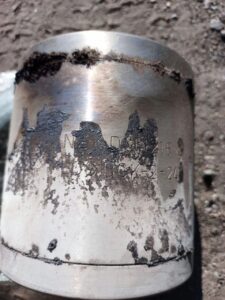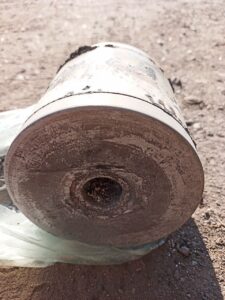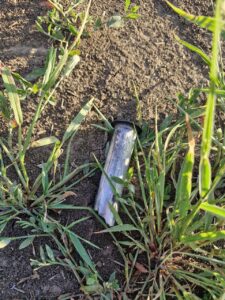Featured Materials
A curated selection of images, terms and collections to help understand modern conflict.

Shahed-131 & -136 UAV
3D models explain the best-known 'kamikaze drones'

Collection
The munitions of Trump's Yemen campaign

GBU-39 bomb
3D model explaining Israel's 'weapon of choice' in Gaza

Collection
Israel and Gaza 2023 – 2024

Research organisation
Images from the Human Rights Watch archives

Collection
What Are Bomb Guidance Kits?

Collection
Ukraine 2022 – 2024

Follow
Keep up to date with newly added munitions

Contribute
Submit images to the OSMP
12 results
Analyst Note:
The remnants shown in these linked images have been falsely identified in Russian sources as chemical munitions. This image clearly exhibits the marking “NBK DM 1216”—the ‘NBK’ standing for the German Nebelkörper (‘smoke element’)—identifying this as one of four DM 1216 hexachloroethane/zinc (HC) smoke elements dispensed by the German DM 105 155 mm artillery gun projectile. Video of the incident shows all four elements being ejected from the base of the projectile in flight. (ARES)
Analyst Note:
The remnant pictured here is part of a Small Diameter Bomb actuator assembly (‘Tail Actuation Section’), which moves the four tail-fin control surfaces which alter the course of the munition in flight. (ARES)
Analyst Note:
The circled remnant is the hardened steel nosecone of the GBU-39, which renders the munition capable of penetrating more than 3 feet (approx. 1 metre) of steel-reinforced concrete. It is one of several components that often survives the detonation of the munition. (ARES)



















